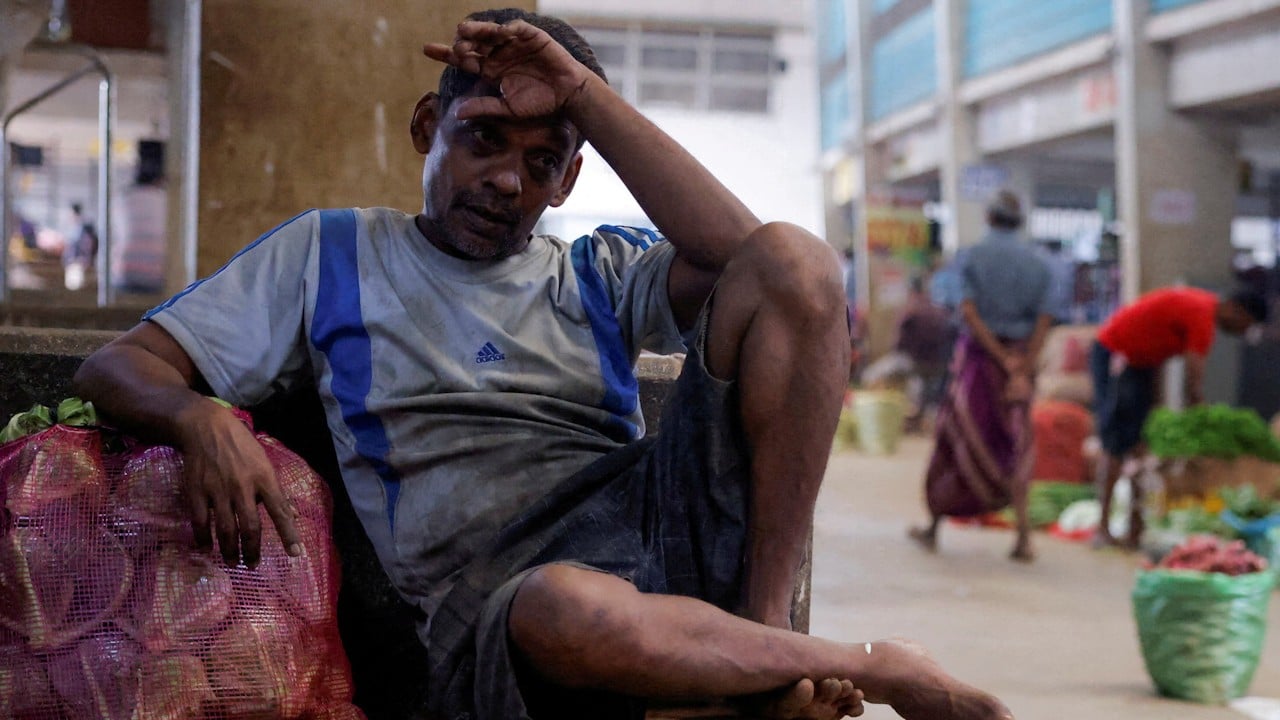Among the recent high-profile deals involving Indian companies was a 20-year power purchase agreement with Adani Green Energy, a subsidiary of India’s Adani Group, announced by Sri Lankan President Ranil Wickremesinghe earlier this month.
Adani Green is building two 484 megawatt wind power stations in the town of Mannar and the village of Pooneryn in Sri Lanka’s Northern Province – to be added to the national grid by 2025 – for a cost of US$442 million.
Once dubbed “the world’s emptiest airport” due to its low traffic and underutilisation, the MRIA cost US$209 million to build, with funding from the Exim Bank of China.
“This [slew of deals] is the biggest opportunity India will ever get to turn Sri Lanka into a virtual province of India,” said Uditha Devapriya, the chief international-relations analyst of Factum, a Sri Lankan foreign-policy think tank.

As India pursues economic integration with Sri Lanka, it will continue to have leverage in negotiations, Devapriya said. “Sri Lanka is not in a position to say no.”
In recent years, China has deepened its economic partnership with Sri Lanka by signing deals in sectors ranging from port management to oil and gas.
Charana Kanankegamage, a Colombo-based lawyer and foreign-policy analyst, said Sri Lanka was not “devaluing” its relationship with China, despite the slew of deals involving Indian companies.
A key plank of Sri Lanka’s economic policy was to reap maximum benefits by relying on China and India to manage its underutilised or underperforming assets, he said.
The MRIA deal, on the other hand, represents “a pragmatic choice by Sri Lankan policymakers to achieve a positive outcome from their ambitious reforms”.
Some economists disagree. Kasun Thilina Kariyawasam, a macroeconomist based in Sweden, called the lease deal for the unprofitable and underutilised MRIA an example of Sri Lanka’s “myopic” economic policy – noting that arrivals would be boosted by tourists from India and Russia, according to Sri Lankan government projections.
“The focus is on the service sector, which is not going to be sustainable for the economy,” he said, adding that the country’s airport and port assets should instead serve as logistic hubs to support industrialisation activities.

Meanwhile, the Adani Green windpower deal has been criticised for its high price and lack of transparency.
Sri Lanka’s government says the Indian company will be paid 8.26 US cents per kilowatt-hours (kWh) under the deal. But Rohan Pethiyagoda, a Sri Lankan biodiversity scientist, told This Week in Asia that global electricity prices currently average between 2-3 US cents.
“This project had no tender procedure,” he said. “It was an unsolicited bid as far as we can tell.”
On Thursday, Sri Lankan conservation organisation The Wildlife and Nature Protection Society filed a petition with the island nation’s Supreme Court challenging the wind project on environmental grounds.


